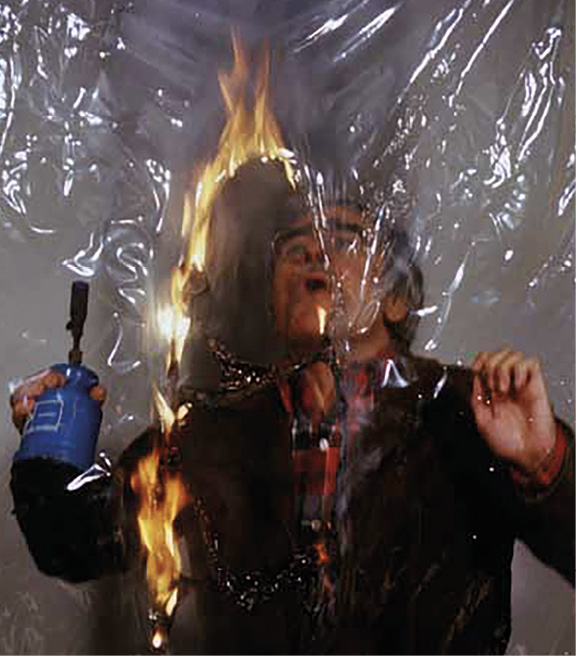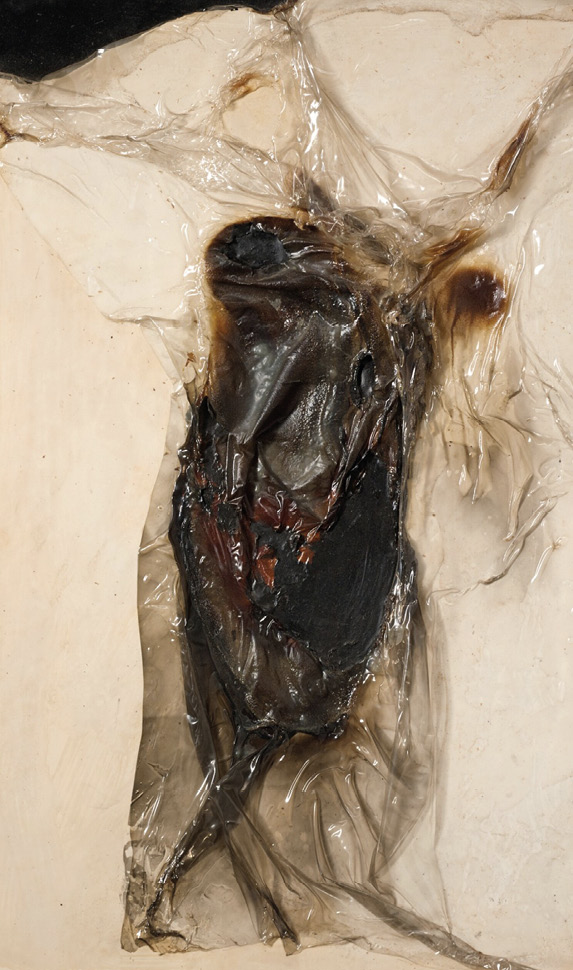The Burri Foundation, the Associazione Atlante Cultura, the Institute for the Blind in Milan, the Omero Tactile State Museum of Ancona, the Institute for the Blind F. Cavazza in Bologna, together with the Anteros Tactile Museum, recently initiated a collaboration aimed at restoring the aesthetic values of Alberto Burri’s poetics, and a selection of works by artists close to him, on the occasion of the exhibition “La luce del nero” (The Light of Black) in favour of blind and visually impaired people. Contemporary artworks are frequently straightforward translations of sensations prompted by the physical body of matter and incisive metaphors. Configuration and reconfiguration of forms in the making arise from a creative reinterpretation of given patterns, such as outlines of real objects or imaginary representations: unrealistic representations, if you will, nonetheless laden with truth. This art form asks the audience to abandon the need for realism, with immediate recognition of familiar subjects or real referents, in order to welcome fertile associations of ideas to new forms and configurations of meaning. As a result, artists, especially contemporary ones, in a freer approach to the creative process, which is not disjointed, perceive reality according to an interpretive process released from established standards, with independent experimental choices, never forgetting the inseparable relationship that exists between form and content. Style and poetics, in the contemporary age, present themselves as keys to understanding the aesthetic content of a work of art.

Style changes because ideas change and, by extension, their own projection into the modes of representation, including conceptual representation, of the phenomenal. Together, Téchne and Poiesis demonstrate how without technical quality there is no expressive body of the work of art and without poetic creation there is no interpretation and transfiguration of reality. But how to translate contemporary painting with typhlo-didactic and inclusive purposes? What are the criteria for the faithful restitution of Alberto Burri’s compositional, formal, material, and content values? How to restore the soul of its combustive interventions, layering, sutures, and consummation, without serial mechanism? How to protect, finally, the perception of beauty, not easy, of an inexhaustible search for answers, in the chemistry that unites every being, every entity, evoking the common condition of the physical body of matter, animate and inanimate, a metaphor of living and finite beings, destined to continuous metamorphosis, not least to decay? It was necessary not to drift into the simplistic, slavish rendering of the identical varied polymaterial effect, an end in itself, while preserving the mimetic nature in the restitution of his work, in order to reveal the materials chosen, his modus operandi, the reasons why the artist intervened with certain actions and with a control sought but not demanded: on the body of sacks, woods, irons, plastics, cracks. 
The idea was to capture the aesthetic counterpart of the original nature of Alberto Burri’s works, selected for the tactile journey, in the physical and sensitive rendering of the typhlo-didactic restitution, created by artists who are experts in the artist’s poetics. For the drafting of verbal descriptions to support the haptic exploration of the tactile reproductions, the search for the aesthetic equivalent guided the choice toward a distillation of content, with the adoption of a punctual, informative language in order to ensure understanding of the morphology of the original compositions, faithfully preserved in the restitution, though at different scales. Giving body to the word meant standing on descriptive technique without technicalities and penetrating the cognitive needs of people living with vision loss without forcing them into an intellectual effort lacking in aesthetic emotion. Just as it is not possible to translate literally a poetic composition, per verba, without the risk of reduction or misunderstanding of the content, so it is not possible to translate the meaning of a scratched, torn, burned, scarred, reassembled surface, per icons, with the mere listing of tactile sensations. The taciturn character of Alberto Burri, in life a physician and artist, seems to cipher a cognitive condition that great artists experience between putrefactio and renovatio. Like Harpocrates, God of Silence, he understood the light of (and in) the black, without ever speaking of it.




.png)